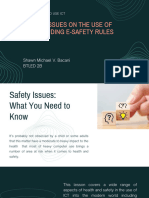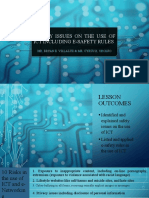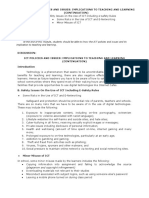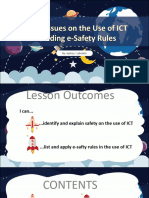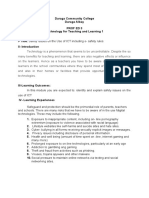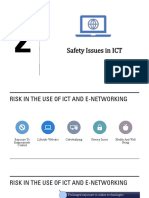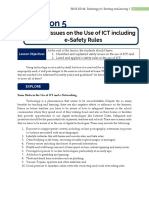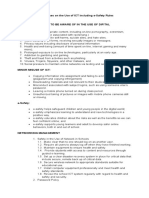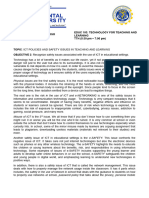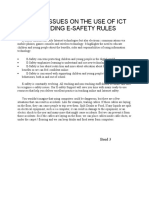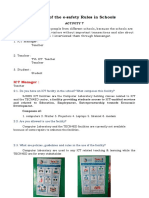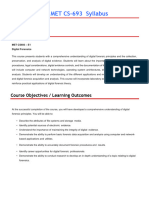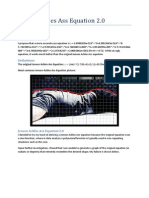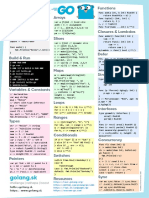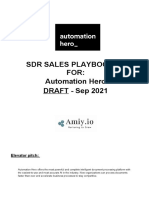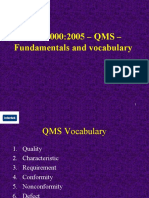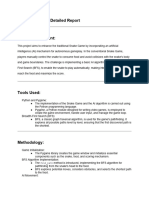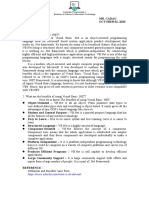0% found this document useful (0 votes)
19 views19 pagesModule 2 Lesson 2 Edited
Lesson for technology for Teaching and Learning
Uploaded by
Fajad NonakanCopyright
© © All Rights Reserved
We take content rights seriously. If you suspect this is your content, claim it here.
Available Formats
Download as PDF, TXT or read online on Scribd
0% found this document useful (0 votes)
19 views19 pagesModule 2 Lesson 2 Edited
Lesson for technology for Teaching and Learning
Uploaded by
Fajad NonakanCopyright
© © All Rights Reserved
We take content rights seriously. If you suspect this is your content, claim it here.
Available Formats
Download as PDF, TXT or read online on Scribd
/ 19




